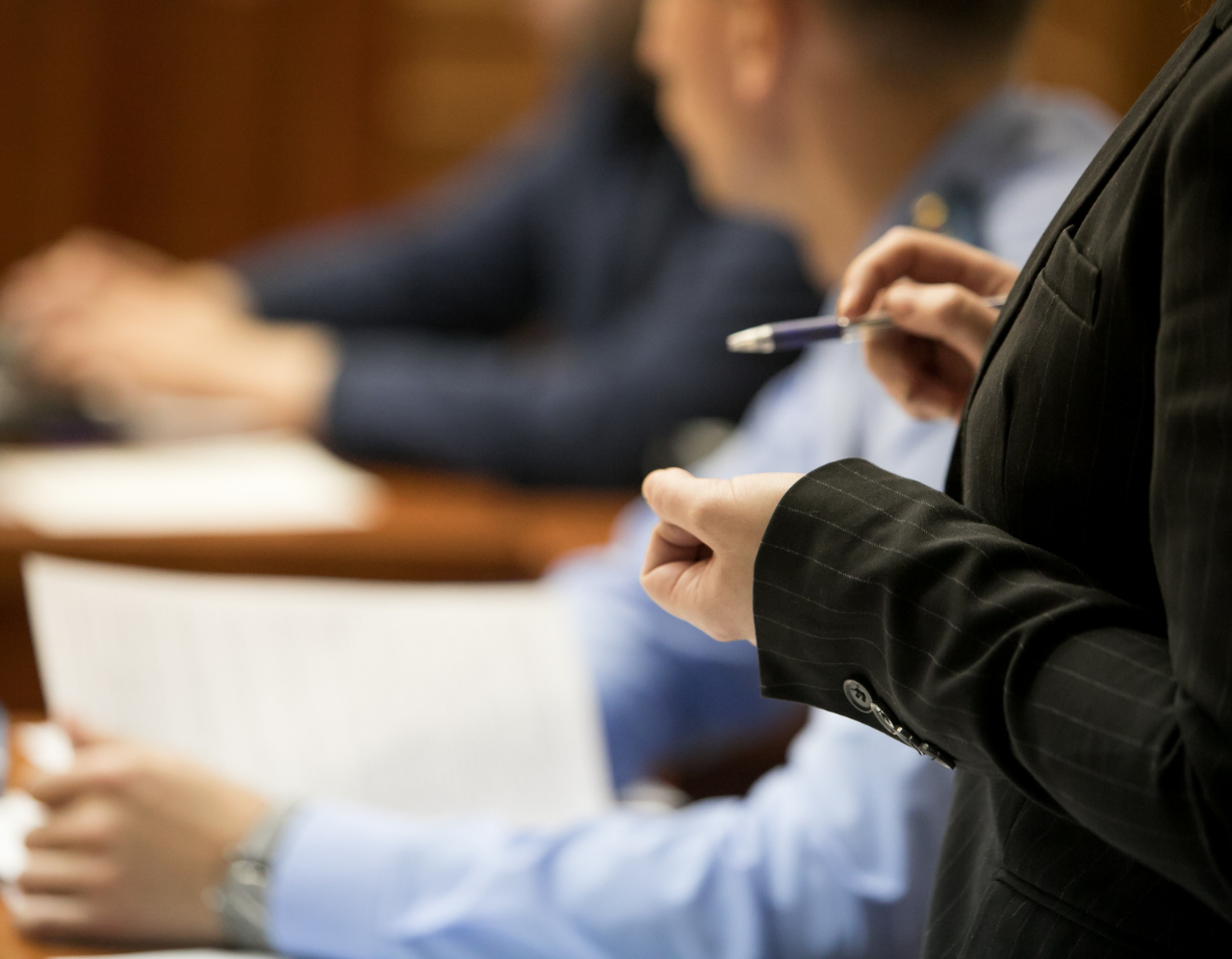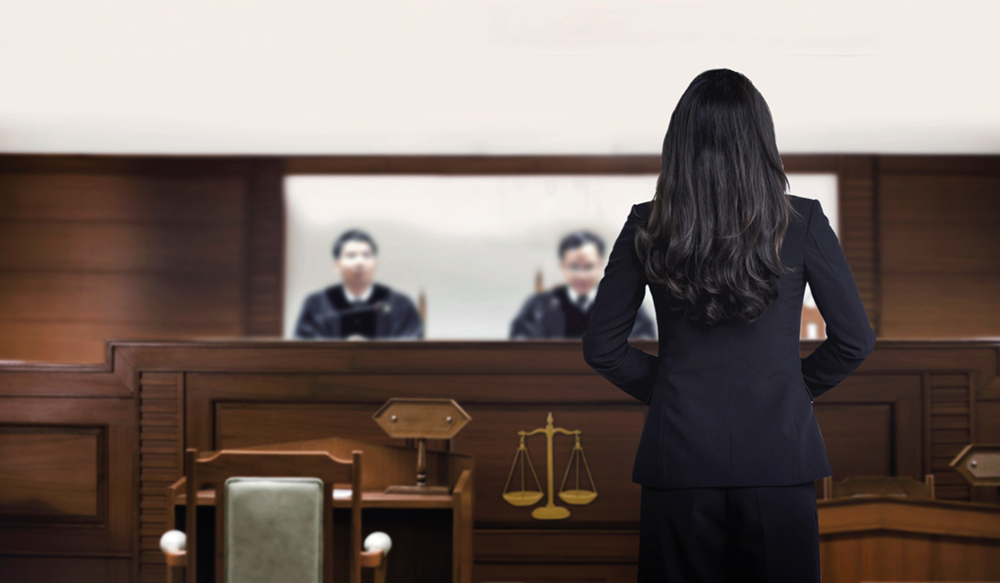Navigating the Intricacies of Test Presentations: Tips for Seamless Shipment and Compelling Disagreements
In the world of legal proceedings, the art of test discussion stands as an essential factor of success. The intricacies intrinsic in test discussions call for a fragile equilibrium of approach, finesse, and ability.

Comprehending Test Purposes
To efficiently navigate a test, it is critical to have a clear understanding of the objectives that need to be accomplished. Before tipping right into the court room, lawful groups must define their goals and preferred results. These purposes work as assisting concepts throughout the test, forming approaches and affecting decision-making procedures.
Understanding trial goals includes a detailed evaluation of the situation, lawful criteria, and the client's finest rate of interests. Trial Presentations. It needs a careful assessment of the realities, recognizing key issues, and anticipating potential obstacles. By establishing quantifiable and certain goals, attorneys can tailor their arguments and discussions to line up with the desired results
In addition, a clear grip of test goals enables lawful groups to prioritize evidence, witnesses, and lawful disagreements efficiently. It permits the growth of a systematic narrative that resonates with the court and jury, strengthening the total situation presentation.

Organizing Proof Successfully
Having a clear understanding of test objectives lays the structure for arranging evidence effectively in lawful process - Trial Presentations. By lining up the presentation of proof with the preferred outcomes of the test, lawful teams can reinforce their disagreements and improve their persuasiveness. One important aspect of arranging evidence is categorization. Organizing evidence based on styles or relevance to specific lawful elements can aid enhance the presentation and make intricate info more absorbable for the judge or court.
Another trick element in arranging evidence successfully is establishing a rational flow. Providing proof in a sequential and meaningful fashion can help develop an engaging narrative that sustains the lawful disagreements being made. In addition, using visual help such as graphs, timelines, or charts can further improve the company of proof and assist in clearing up intricate relationships or sequences of occasions.
In addition, guaranteeing that all evidence offered is permissible and relevant to the instance is important. Inadmissible or irrelevant evidence can interfere with the stamina of the debate and possibly harm the integrity of the offering party. A meticulous evaluation and choice process should be undertaken to consist of only the most lawfully sound and impactful evidence in the test discussion.
Crafting Influential Narratives
Crafting engaging stories plays a critical role in offering convincing arguments throughout additional hints lawful procedures. A well-crafted story has the power to mesmerize the audience, evoke emotions, and eventually guide the decision in favor of the presenting event. When constructing a narrative for a test discussion, it is vital to develop a clear story that highlights bottom lines and links them in a systematic fashion. Begin by laying out the facts of the case in a compelling way, making sure that the sequence of events is simple to comply with. Introduce personalities efficiently, offering background information that assists the audience understand their inspirations and activities. Additionally, including brilliant descriptions and engaging language can bring the narrative to life, making it more memorable for the judge and court. By weaving with each other evidence, testament, and legal debates into a cohesive and persuasive story, attorneys can effectively support for their clients and raise the chance of a desirable result in the court room.
Understanding Visual Aids
Efficient usage of aesthetic help is vital to improving the impact and quality of test discussions. Visual aids, when utilized strategically, have the power click resources to simplify intricate details, strengthen bottom lines, and leave a long-term impact on the discretionary. To master visual help in test discussions, it is vital to make certain that they are clear, concise, and appropriate to the debates being made.
When incorporating aesthetic help, such as graphes, charts, photographs, or timelines, right into a test discussion, it is crucial to maintain them visually appealing yet professional. The visuals must match the verbal debates, offering an aesthetic depiction of the information being gone over without overwhelming the target market with unnecessary information.
Moreover, experimenting the aesthetic aids ahead of time is crucial to make certain a smooth shipment throughout the trial. Familiarizing oneself with the web content, changes, and timings of each aesthetic aid can aid maintain the flow of the presentation and stop technical problems that might emerge.
Delivering Impactful Closing Arguments
A compelling closing debate serves as the conclusion of a test presentation, enveloping the core story and convincing the judge and court in the direction of a beneficial choice. Begin by laying out the main arguments that support your customer's placement, highlighting why the evidence presented throughout the trial sustains your story.
Moreover, integrating psychological allure can further reinforce your closing disagreement. By humanizing the case and attaching on an individual level with the decision-makers, you can stimulate compassion and understanding, affecting their assumption of the truths provided. Furthermore, restating the legal standards that have to be fulfilled for a positive judgment can strengthen the credibility of your position. Ultimately, a well-crafted closing disagreement Click Here should leave a long lasting perception, compelling the discretionary to regulation in your client's favor.
Verdict
To conclude, understanding test presentations involves comprehending goals, organizing proof, crafting narratives, utilizing visual help, and supplying impactful closing debates. By executing these strategies successfully, attorneys can offer their situation perfectly and make engaging arguments in the court. It is important to browse the intricacies of test presentations with accuracy and skill to attain success in lawful proceedings.
By lining up the discussion of evidence with the wanted outcomes of the test, legal groups can strengthen their debates and boost their persuasiveness (Trial Presentations). To understand visual aids in test discussions, it is crucial to make sure that they are clear, concise, and pertinent to the disagreements being made
A compelling closing disagreement serves as the conclusion of a trial discussion, encapsulating the core story and encouraging the judge and court towards a desirable decision. Begin by detailing the main disagreements that sustain your client's position, highlighting why the evidence provided throughout the test sustains your story.In final thought, grasping trial discussions includes comprehending objectives, arranging proof, crafting narratives, utilizing aesthetic help, and providing impactful closing arguments.